Estimated reading time: 4 minutes
High-speed rail, particularly bullet trains, has been hailed as a game-changer in modern transportation. As concerns about climate change and environmental sustainability intensify, the question arises: Are bullet trains environmentally friendly? This article delves into the environmental impact of bullet trains, examining their advantages and drawbacks.
The Green Credentials of Bullet Trains
Bullet trains, known for their speed and efficiency, are often promoted as a sustainable alternative to traditional modes of transportation. Here’s why they are considered environmentally friendly:
Reduced Carbon Emissions
One of the primary environmental benefits of bullet trains is their ability to significantly reduce carbon emissions. Trains, especially those powered by electricity, produce far fewer greenhouse gases compared to cars and airplanes. A study by the International Union of Railways found that high-speed trains emit approximately 14 grams of CO2 per passenger-kilometer, whereas cars emit 104 grams, and airplanes emit 285 grams.
Energy Efficiency
Bullet trains are incredibly energy-efficient. They use advanced technology to minimize energy consumption, including aerodynamic designs that reduce air resistance and regenerative braking systems that capture and reuse energy. This efficiency translates to lower overall energy use per passenger compared to other forms of transportation.
Environmental Drawbacks of Bullet Trains
While bullet trains offer many environmental benefits, they have drawbacks. It’s essential to consider these factors to gain a balanced understanding.
Construction Impact
Building high-speed rail infrastructure can have significant environmental impacts. The construction process often involves large-scale land use changes, which can disrupt local ecosystems and wildlife habitats. Additionally, the production of construction materials and the machinery used in the process contribute to greenhouse gas emissions.
Resource Intensity
The materials required for bullet train construction, such as steel and concrete, are resource-intensive to produce. The extraction and processing of these materials can lead to environmental degradation, including deforestation and soil erosion.
Comparing Bullet Trains to Other Modes of Transport
To fully assess the environmental friendliness of bullet trains, it’s crucial to compare them with other transportation modes such as cars, airplanes, and conventional trains.
Cars vs. Bullet Trains
Cars are one of the least environmentally friendly modes of transport, primarily due to their high carbon emissions and reliance on fossil fuels. Bullet trains, by contrast, run on electricity, which can be sourced from renewable energy, further reducing their carbon footprint.
Airplanes vs. Bullet Trains
Air travel is a significant contributor to global greenhouse gas emissions. Bullet trains offer a greener alternative for short to medium distances. While planes are faster over long distances, bullet trains can be more time-efficient for trips up to 600 miles when considering airport procedures and ground travel.
Conventional Trains vs. Bullet Trains
Conventional trains are generally more environmentally friendly than cars and planes but are less efficient than bullet trains. High-speed trains can carry more passengers at higher speeds with lower energy consumption per capita, making them a superior option for sustainability.
Future Prospects of Bullet Trains and Environmental Sustainability
The future of bullet trains looks promising, particularly with advancements in technology and increased adoption of renewable energy sources. Here are some potential developments that could enhance their environmental benefits:
Renewable Energy Integration
As countries transition to greener energy, bullet trains powered by renewable sources like solar, wind, and hydropower could become a reality. This shift would further reduce their carbon footprint and enhance their environmental friendliness.
Technological Innovations
Innovations in train technology, such as lighter materials, more efficient engines, and improved aerodynamics, will continue to make bullet trains more sustainable. Additionally, developments in battery technology could enable even greater energy efficiency and lower emissions.
Are Bullet Trains the Sustainable Choice?
Bullet trains represent a significant step forward in sustainable transportation. Their ability to reduce carbon emissions, improve energy efficiency, and offer a green alternative to cars and planes makes them an environmentally friendly option. However, addressing the environmental impacts of their construction and resource use is essential.
As technology advances and renewable energy sources become more prevalent, the environmental benefits of bullet trains are likely to increase. In the ongoing quest for sustainable transport solutions, bullet trains are a powerful tool in reducing our carbon footprint and protecting the planet for future generations.



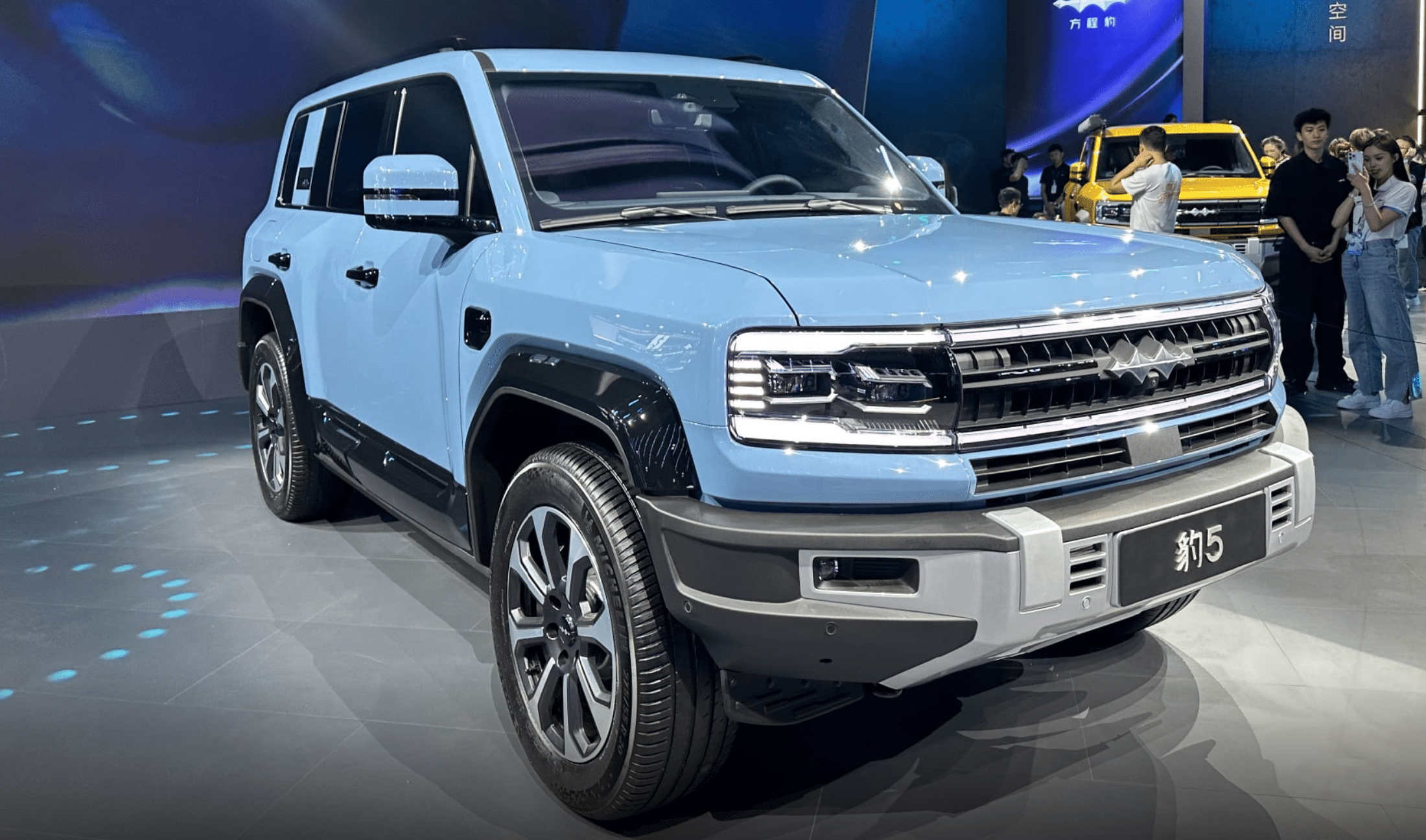
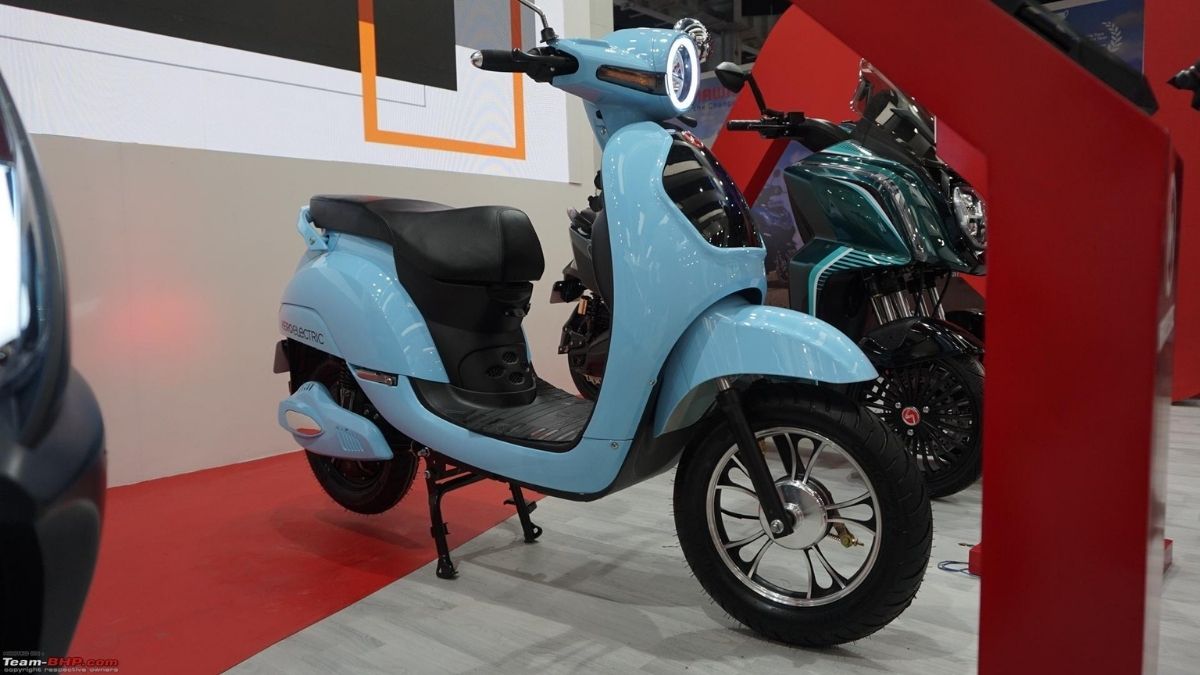
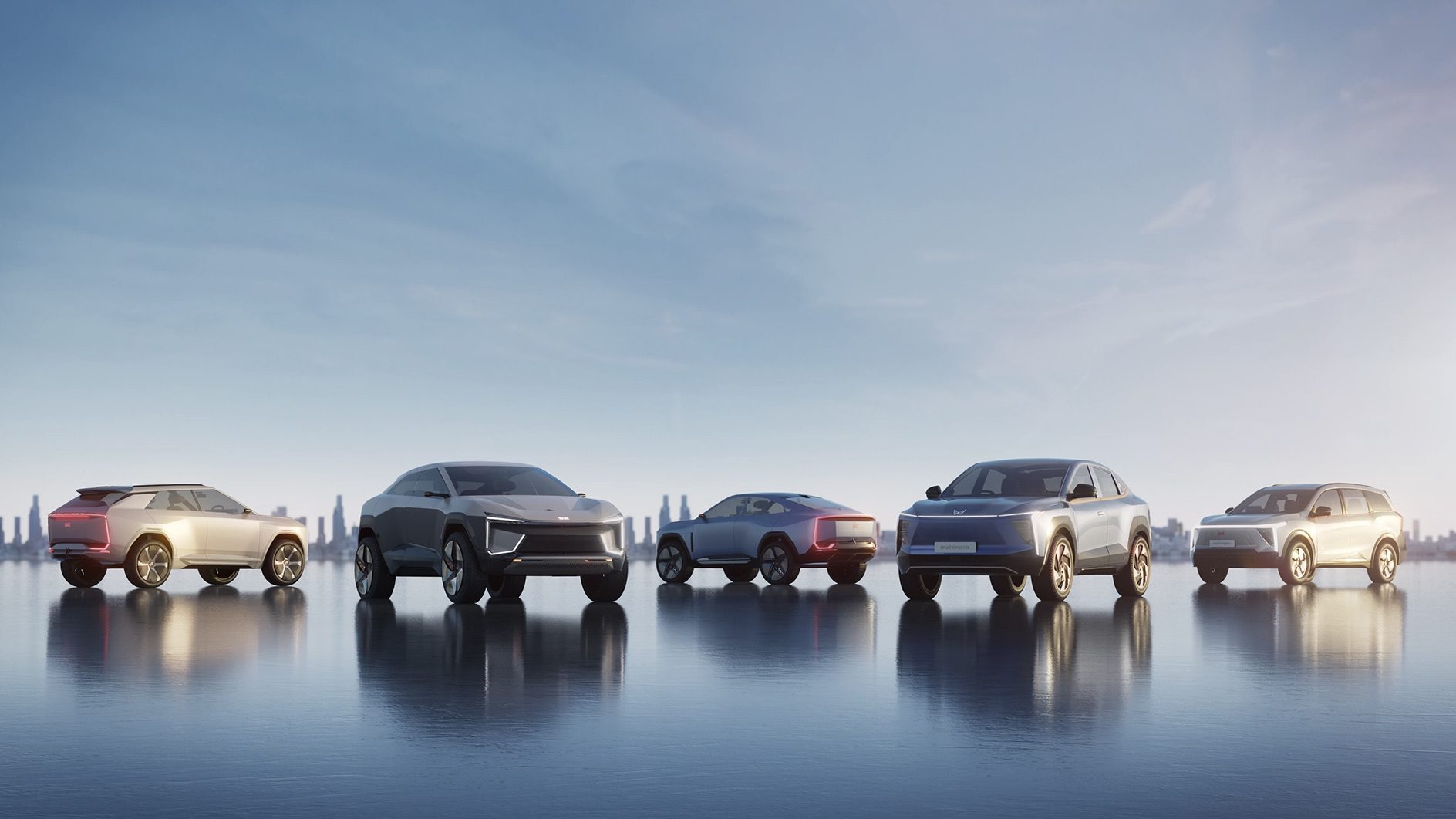
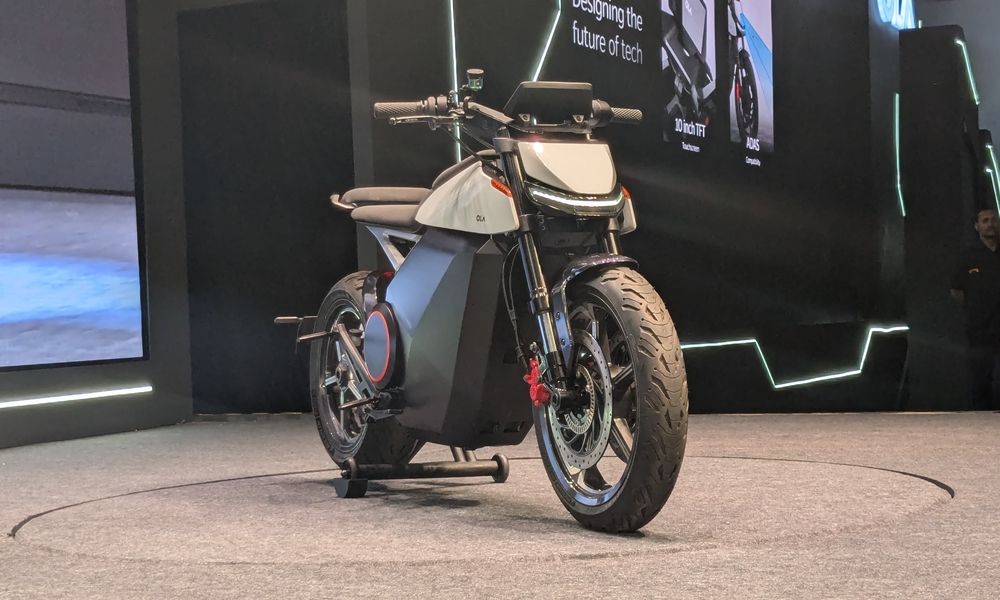

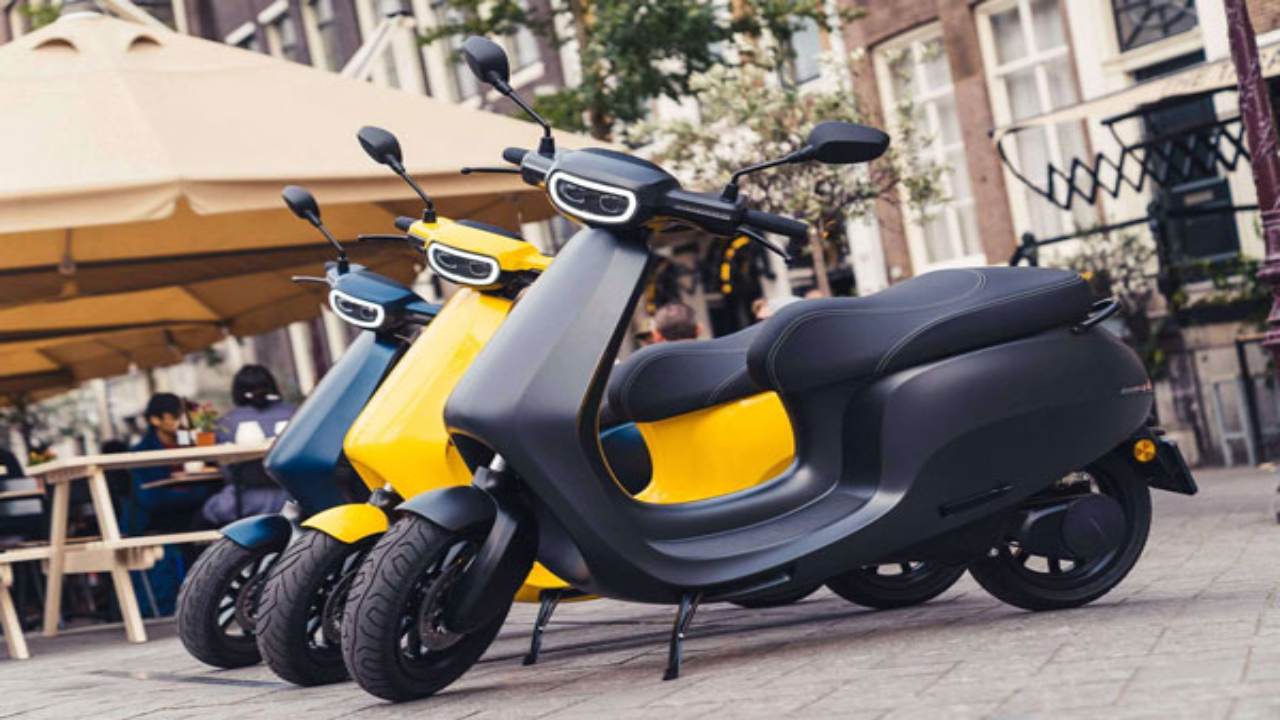


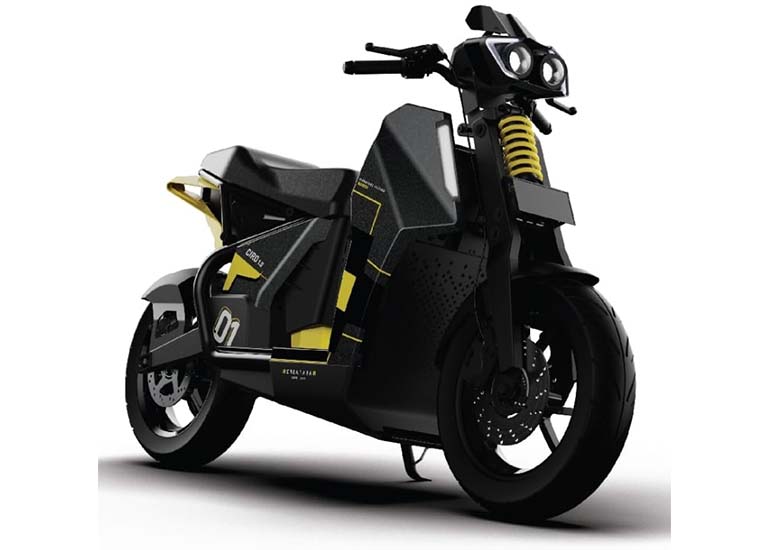



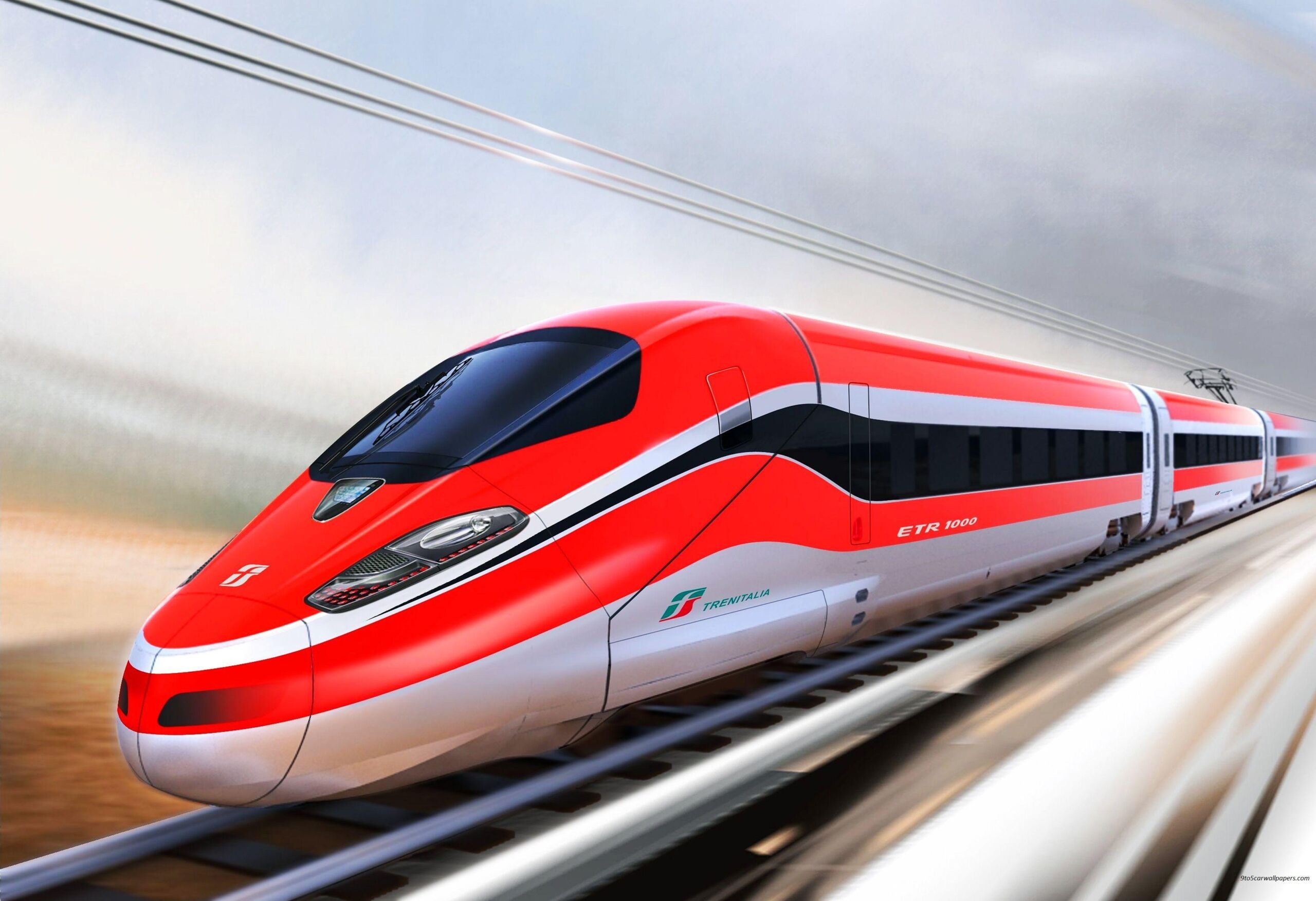
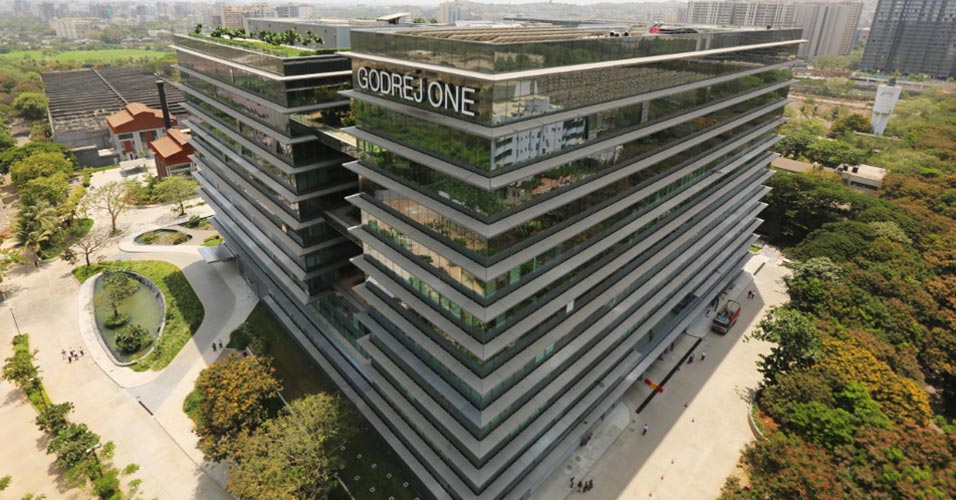
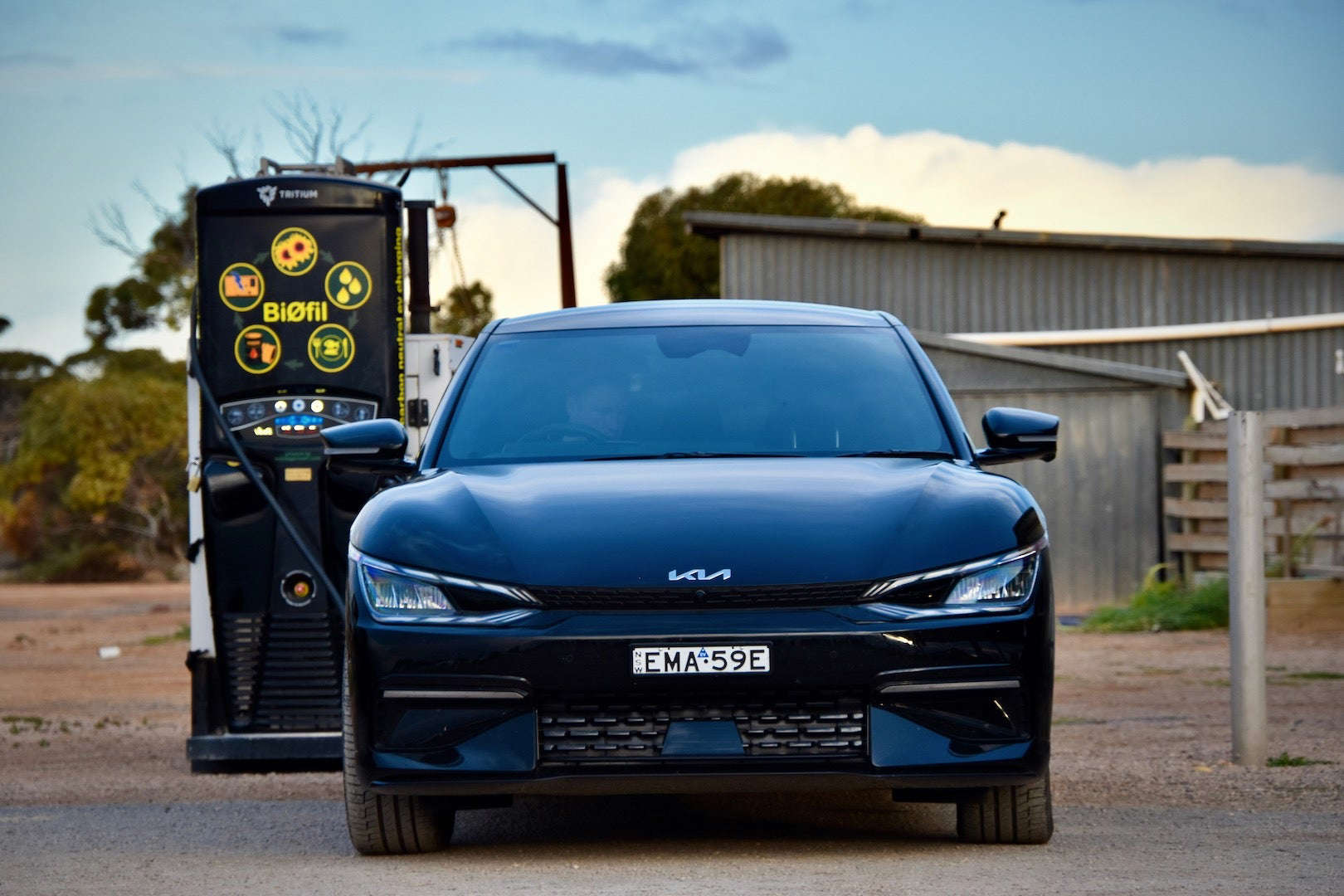


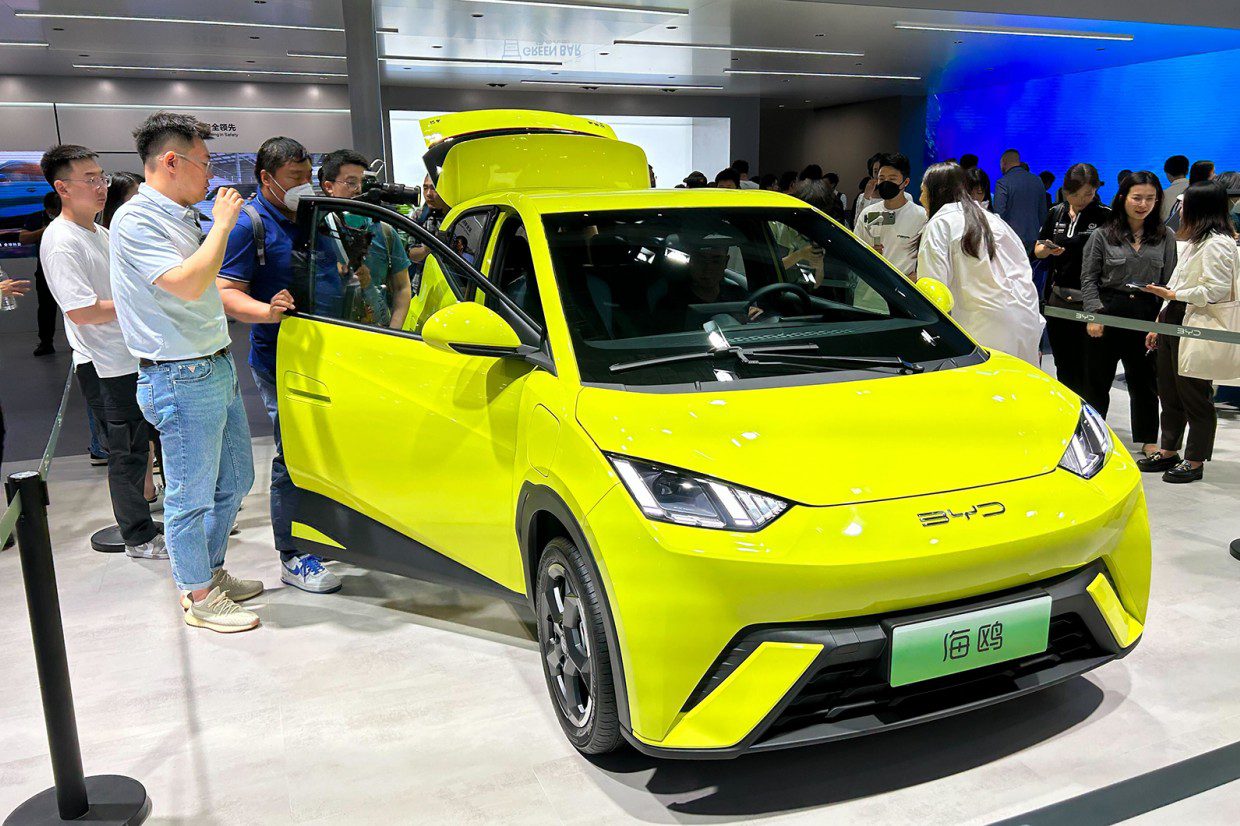
Leave feedback about this